How to build a riding arena for horse training and exercise
Building a riding arena is not as complicated as it might seem, but it does require proper planning and preparation. To help you get started, let’s...

With a solution-focused approach, we collaborate closely with clients and consultant teams to align on scope, time frames, design objectives, and cost. We’re committed to delivering a strong return on your investment. Are you interested in our work in the commercial and industrial sectors?

Our client, a vet and sheep farmer, needed a shearing shed and yard cover designed for efficiency and innovation. Partnering with our team, he collaborated with fit-out providers to create two custom steel structures tailored to his farm’s needs. His farm is now equipped for better working conditions and long-term success.

Providing Industry-Leading Steel Building Solutions
Central Steel Build, committed to innovation, quality, and customer satisfaction, has solidified its reputation as an industry leader. We're revolutionising agricultural structures, and transforming how farmers and producers approach building solutions. If you’re interested in our work in the agricultural sector, read the article to discover how we’re transforming building solutions.

Oritech combined office and warehouse
Oritech Pty Ltd partnered with us to build a modern office and warehouse facility in Mitchell Park, Victoria. The design featured innovative L-shaped tilt panels for both function and style. Using our Pro. building approach, we delivered a durable, cost-effective, high-quality solution. Seamless collaboration ensured the project was completed on time and within budget.
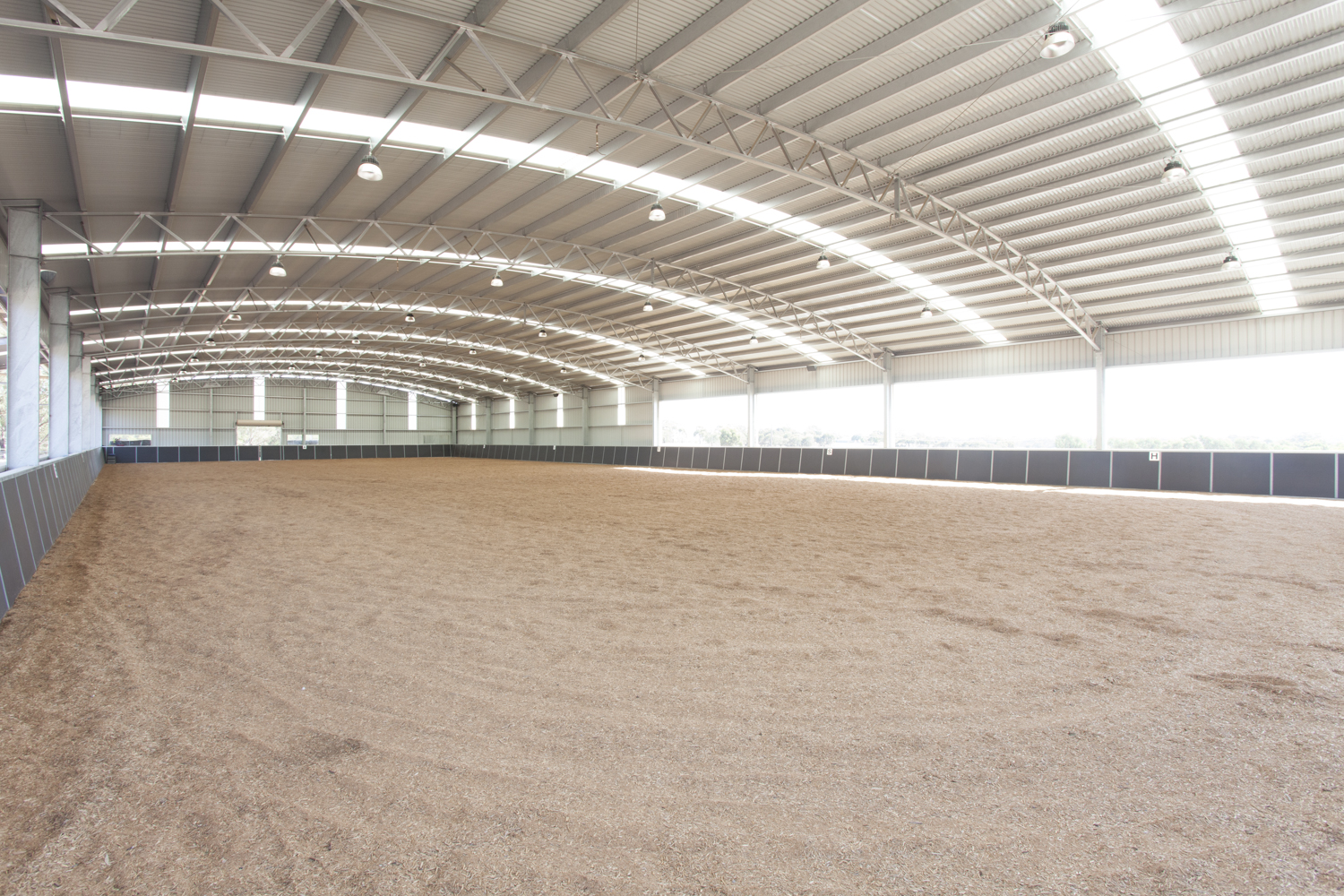
Once you’ve built yourself an arena, it can be difficult to know exactly how to lay your surface. It is important to remember that getting an optimal arena footing is vital for your horses’ safety and performance. Here is a guide that goes over the different characteristics and aspects of the best options.
In all equestrian sports, it is common for riders to invest large amounts of money in ensuring their horses are well-prepared for performance and if the competition is not successful they often fault the horse. A commonly overlooked factor is the importance of a good arena footing. Poor arena footing can cause problems in relation to the horses’ performance and confidence.
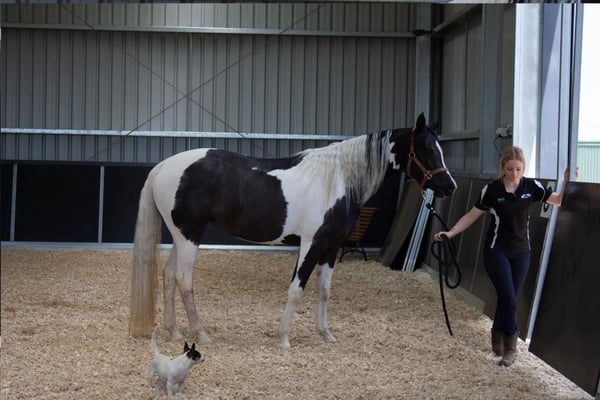
You can break a horse’s footfall into 3 steps that help you to understand the interaction between the horse and the arena footing surface.
The firmness of the riding surface influences support and shock wave forces. If a surface is too hard it will not aid in absorbing any impact shock. If a surface is too soft absorbs shock well but lacks support. An ideal surface is firm enough to offer support with minimal concussion to bones and joints whilst being soft enough to absorb shock.
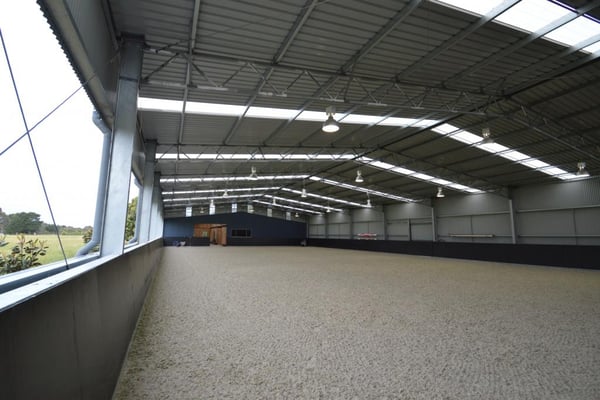
Cushioning refers to how the arena layers minimise shock through the loading step. A compacted surface lacks cushion to relieve shock whereas a soft surface has too much cushion and will shift under the hoof, making the horse’s body work harder. This also results in soft tissue injuries such as inflammation and tears.
The right amount of cushioning should distribute shock easily through the arena layers as well as provide enough resistance to balance the rollover step.
On a compact surface, the frog in a horse’s hoof has minimal contact and the amount of weight over the hoof capsule forces blood through the large veins only. This can lead to problems such as navicular disease and laminitis.
A soft surface will cup under the foot but may not provide enough resistance and pressure to maximise the hoof mechanism.
the tightness of the surface affects the horses’ ability to grip which aids in absorbing shock and providing support and traction. Too much grip on the surface makes the foot stop too suddenly and the risk of injury is increased. However, a slippery surface causes the horse’s hoof to push through the surface, decreasing their ability to push off the ground. The right amount of grip on a riding surface allows the hoof to slide during landing and stopping to absorb impact forces however the tightness should provide stability for the horse during push-off and on turns. The amount of grip needed in your riding surface is dependent on how the arena is going to be used.
Sand is a key ingredient in all good arena footings, but not all sand is appropriate to be used for riding arenas. Sand is suitable to be used in an indoor high-maintenance arena but will most likely be completely unsuitable to be used in an all-weather outdoor arena. Choosing the wrong sand can create expensive issues in the future. Here are some factors that will help you when choosing the sand for your arena.
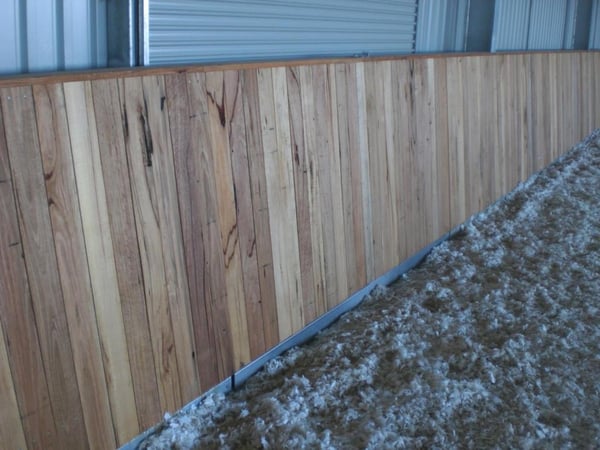
Grading is a representation of alternate-sized particles which affects how much the sand compacts or stays loose. For a good arena surface, you need sand with equal amounts of differing sizes, this will assist to keep your footing firm but not compact it.
When you are looking to buy sand for your arena make sure you use the specifications and sizes to determine what sand you are buying. Do not be fooled by sands called ‘arena sand’ as this could mean anything. The following types are commonly found:
The article content was referenced from the Premier Equestrian Footing and Arena Surface Guide. When building your arena, you should always consult with the surface providers of your arena build.
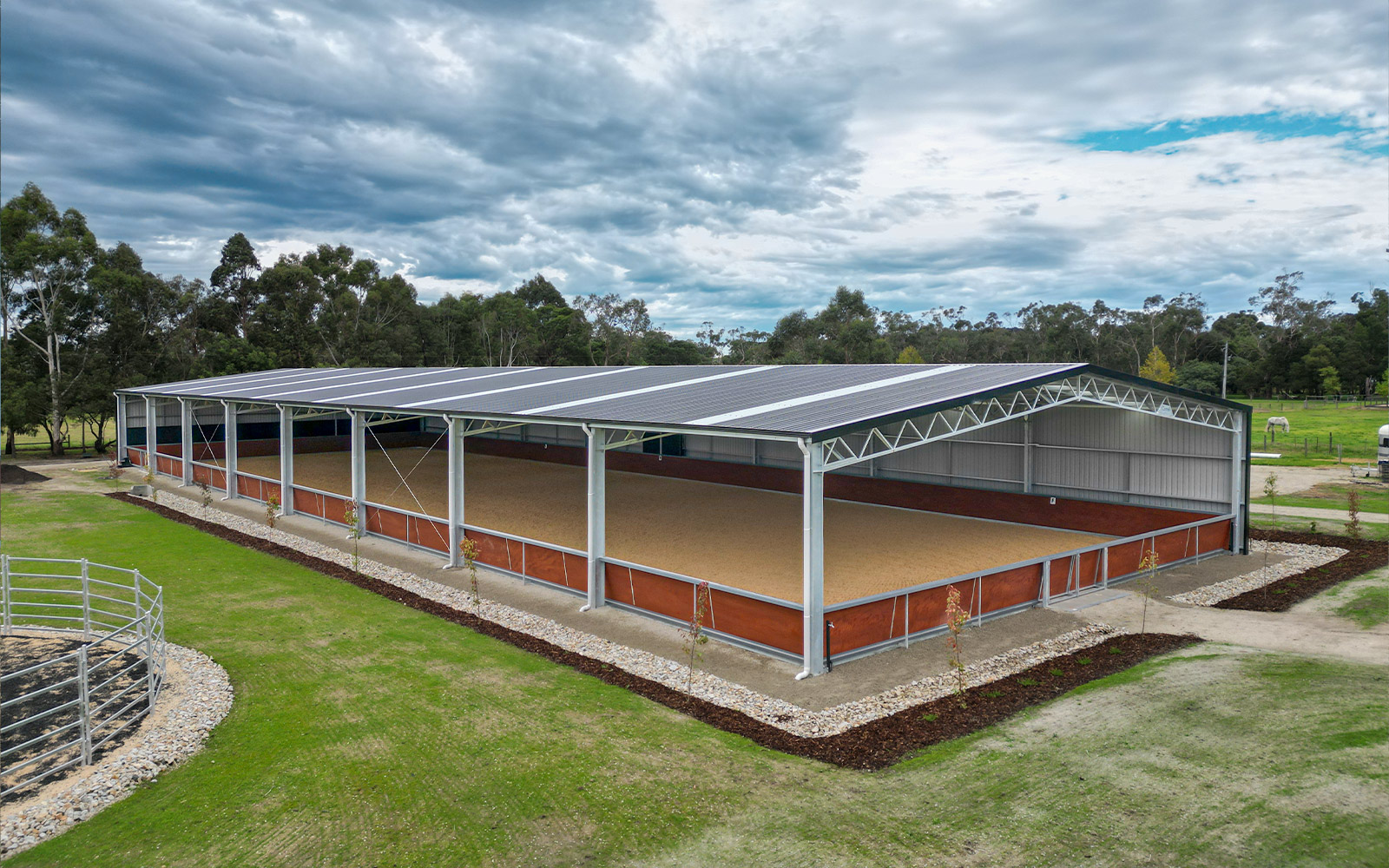
Building a riding arena is not as complicated as it might seem, but it does require proper planning and preparation. To help you get started, let’s...
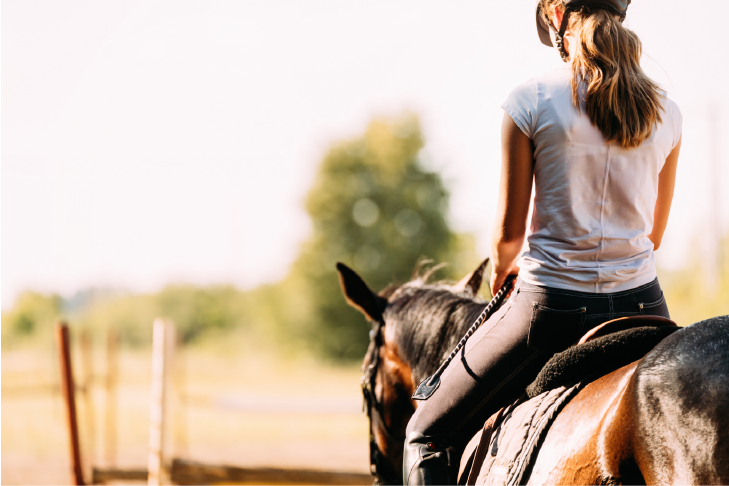
Finally summer is here and horses owners can enjoy the warm weather riding outside. However, living in a sunburnt country means summer days can be...
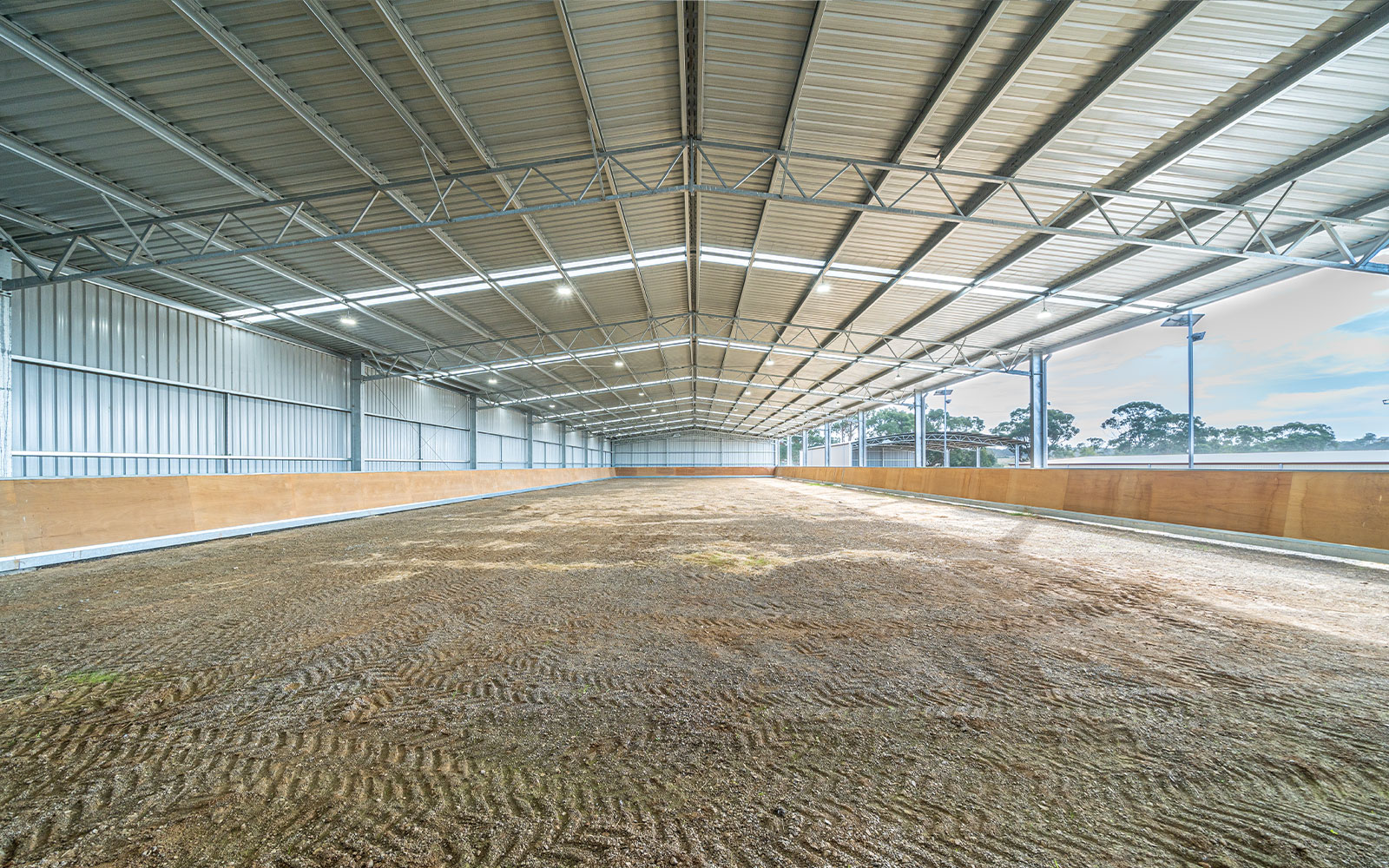
Benefits of having an indoor equestrian space For equestrian enthusiasts, trainers, and horse owners alike, indoor horse training areas, often known...